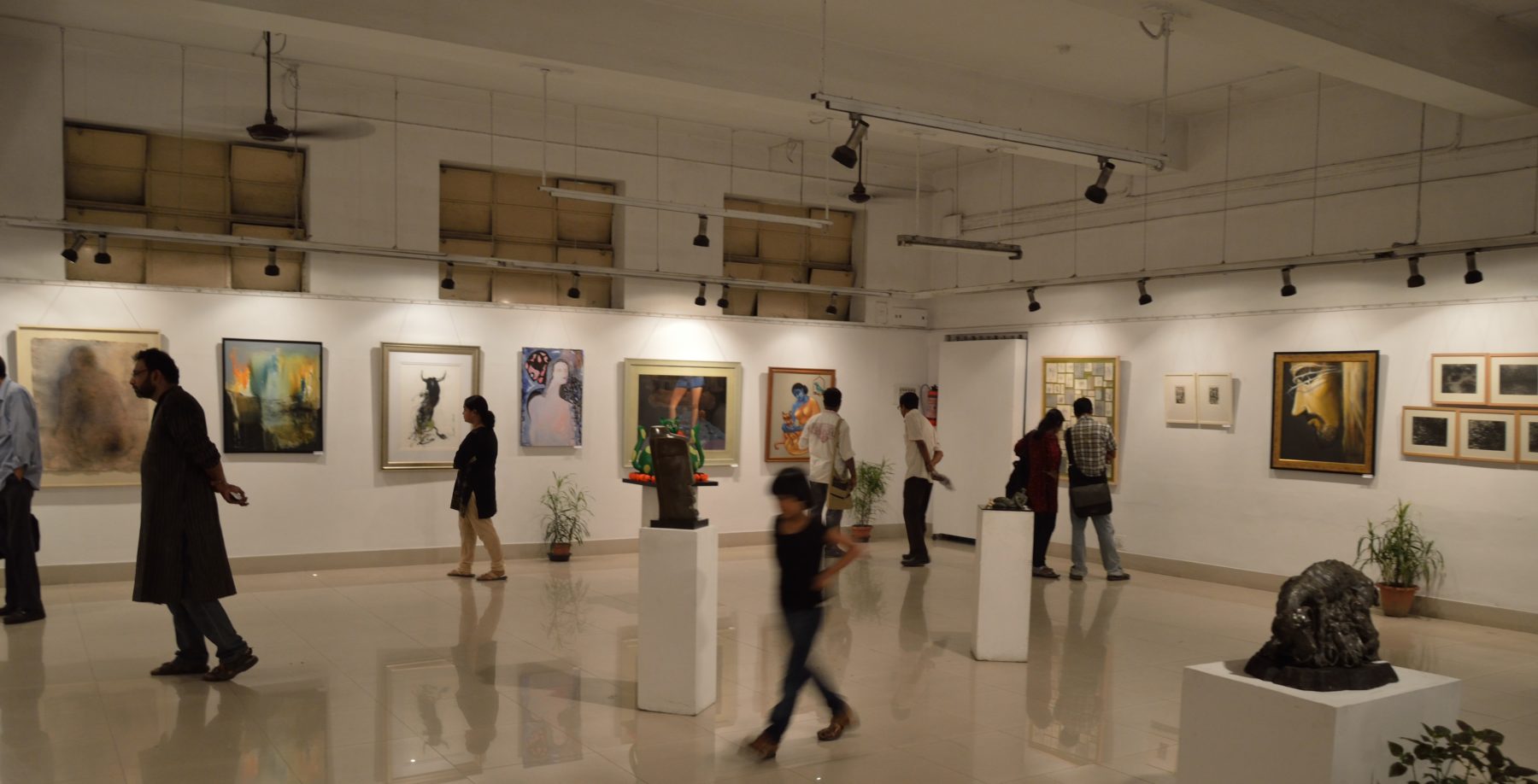1) Brea M. Heidelberg. Cultural Trends 28:5, 391-403. “Evaluating equity: assessing diversity efforts through a social justice lens.” 2019. United Kingdom. This paper provides a formative evaluation of The Art Institute of Chicago’s initial efforts to diversify the museum field through the Diversifying Art Museum Leadership Initiative (DAMLI) programme.
2) Jeremy Vachet. Cultural Trends 26:3, 272-274. “Creative justice: cultural industries, work and inequality.” 2017. Ireland. Book review of “Creative Justice,” an account of the need to give justice to culture by Mark Banks, Professor in the Department of Media and Communication at the University of Leicester.
3) Heather Carey, Rebecca Florisson, Dave O Brien, and Neil Lee. Creative Industries Policy & Evidence Center. “Getting in and getting on: Class, participation and job quality in the UK creative industries.” 2020. United Kingdom. Prior to the pandemic, there were growing concerns that the opportunities created in the creative economy were ‘out of reach’ for many. This paper represents the first phase of the PEC’s Policy Review Series on Class in the Creative Industries.
4) Arts Emergency, Orian Brook, Mark Taylor, and David O’Brien. Create London. “Panic! Social class, taste and inequalities in the creative sector.” 2019. United Kingdom. This report demonstrates that the creative industries are marked by significant inequalities. It looks at the social class background of the workforce and how this intersects with other issues.
5) Emily Matchar. Smithsonian Magazine. “Does Creativity Breed Inequality in Cities?” 2017. United States. Interview with Richard Florida on his book “The New Urban Crisis.”
6) Aline Moch Islas, Casey Moser, Shomya Tripathy, and Louie Tan Vital. University of Washington. “Assessing the Creative Economy of Seattle through a Racial & Equity Lens.” 2019. United States. This report lays out policy options to mitigate racial disparities in the creative economy in Seattle.
